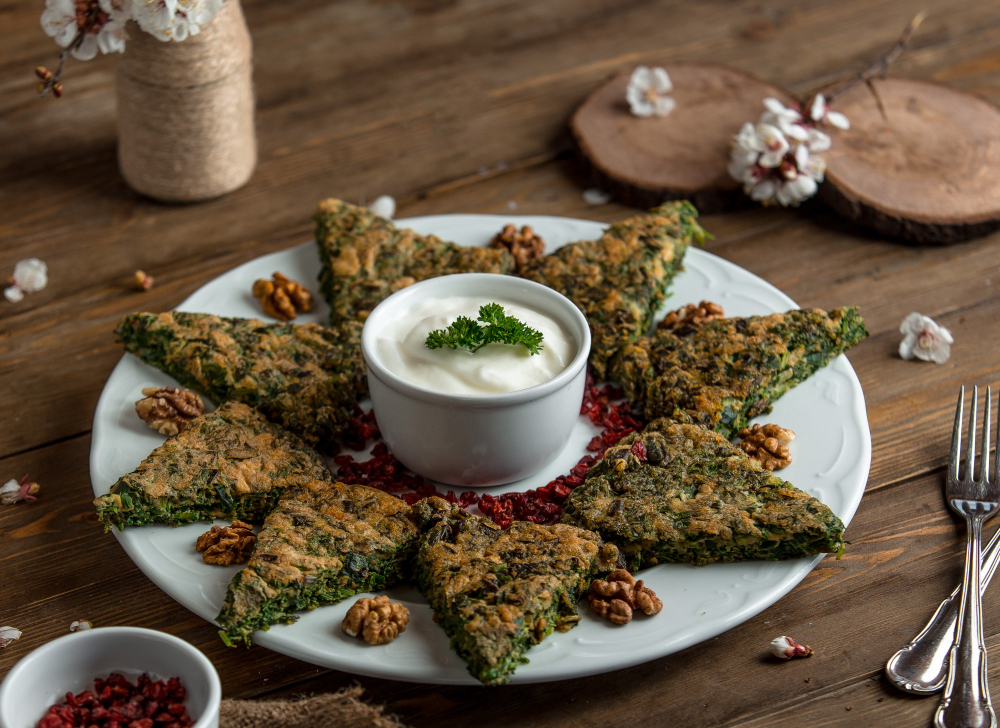Korean cuisine is known for its variety and complexity, often blending rich flavors, textures, and ingredients. Among its many offerings, bonjuk (Korean rice porridge) holds a special place in the hearts of both locals and visitors. Bonjuk is comforting, nutritious, and versatile, making it perfect for any meal of the day. Whether you’re new to Korean food or a long-time fan, these ten bonjuk dishes offer a flavorful experience that will leave you craving more.
Classic Juk: The Heartwarming Comfort Food
One of the most traditional bonjuk dishes is the classic rice porridge, often referred to as juk. Made from steamed rice boiled in water or broth until soft and creamy, this dish is known for its gentle, soothing texture. It’s commonly served to those feeling under the weather or as a comfort meal during cold weather. You can enjoy it plain or add ingredients like sesame oil or salt for extra flavor. A simple yet comforting dish, juk is often paired with side dishes like kimchi and pickled vegetables.
Abalone Juk (Jeonbok Juk): The Luxurious Delight
For those seeking a more luxurious bonjuk experience, jeonbok juk is the perfect choice. Made with tender abalone, this porridge has a refined taste with the subtle sweetness of the shellfish. The abalone is simmered in the rice porridge, giving it a rich, ocean-like flavor. Known for its health benefits and indulgent nature, abalone juk is often served on special occasions or as a remedy for fatigue. It’s one of the more extravagant variations of bonjuk, making it a must-try for anyone looking to experience the full breadth of Korean rice porridge.
Chicken Juk (Dak Juk): The Ultimate Comfort Bowl
Dak juk, or chicken rice porridge, is another popular variant of bonjuk known for its soothing properties. Made with tender chicken pieces and simmered rice, this dish is often eaten when someone is feeling unwell or recovering from an illness. The flavors are simple yet hearty, with the chicken adding a savory depth to the creamy porridge. For extra flavor, some versions include vegetables like onions, garlic, and carrots. If you want a dish that feels like a warm hug, dak juk is a must-try.
Kimchi Juk: A Spicy Twist on Tradition
For those who love a little heat in their food, kimchi juk offers a spicy twist on the traditional rice porridge. Kimchi, Korea’s famous fermented vegetable dish, is added to the rice porridge to give it a zesty, tangy flavor. The spice from the kimchi complements the mild taste of the rice, creating a dynamic balance. Kimchi juk is often enjoyed as a lunch or dinner option, offering a more vibrant alternative to the mild classic juk. It’s also perfect for those who want to spice things up without straying too far from the comforting nature of rice porridge.
Seafood Juk (Haemul Juk): A Taste of the Ocean
For seafood lovers, haemul juk is the perfect bonjuk dish. This variation incorporates a variety of fresh seafood, such as shrimp, squid, and clams, into the rice porridge. The seafood is simmered with the rice, infusing the porridge with a natural briny sweetness. The flavors of the sea are balanced with the creamy texture of the porridge, making it a satisfying and nutritious dish. Haemul juk is often enjoyed as a hearty meal, especially in coastal regions of Korea, where fresh seafood is abundant.
Pork Juk (Daeji Juk): A Savory, Hearty Option
Daeji juk is a pork-based variation of rice porridge that offers a savory and hearty experience. Thinly sliced pork is simmered with rice, creating a flavorful and filling porridge. The pork adds a rich, meaty depth to the dish, making it an excellent choice for those seeking something more substantial. In some versions, the dish is seasoned with soy sauce, garlic, and pepper for an extra layer of flavor. Whether you’re looking for a protein-packed meal or a comforting dish, daeji juk is an excellent option to consider.
Pumpkin Juk (Hobak Juk): A Sweet and Nutritious Option
For those who prefer a sweet porridge, hobak juk is a wonderful choice. Made with sweet pumpkin or squash, this variation of bonjuk is subtly sweet and creamy. The pumpkin is pureed and cooked with rice to create a rich, velvety texture. Often sweetened with a little sugar or honey, hobak juk is a perfect breakfast or dessert dish. It’s also packed with nutrients, making it a healthy option for those looking to add more vegetables to their diet. Hobak juk is a comforting dish that is especially popular during the autumn months.
Beef Juk (Sogogi Juk): A Protein-Packed Meal
If you’re craving a hearty, protein-rich meal, sogogi juk is an excellent choice. This variation of bonjuk features tender beef, typically beef brisket or shank, slow-cooked and simmered with rice to create a savory, rich porridge. The beef infuses the rice with a deep, meaty flavor, while the rice absorbs the savory broth, resulting in a filling, satisfying dish. Sogogi juk is perfect for those looking for a comforting meal that will keep them full for hours, and it’s often served with kimchi or other pickled vegetables on the side.
Ginseng Juk (Insam Juk): A Boost of Energy
For a dish that’s both nutritious and energizing, insam juk (ginseng rice porridge) is a fantastic choice. Ginseng, known for its medicinal properties, is a key ingredient in this variation of bonjuk. The ginseng is simmered with the rice, imparting a slightly bitter yet invigorating flavor to the porridge. Insam juk is often consumed for its health benefits, as ginseng is believed to boost energy, improve circulation, and strengthen the immune system. If you’re looking for a revitalizing meal, insam juk is the perfect option.
Green Tea Juk (Nokcha Juk): A Refreshing and Light Dish
Finally, for those who prefer a lighter, more refreshing dish, nokcha juk offers a unique twist on the traditional porridge. Made with green tea powder and rice, this dish has a delicate, slightly earthy flavor. The green tea provides a subtle bitterness that complements the soft, creamy rice. Nokcha juk is often enjoyed as a breakfast dish or a light snack, offering a calming, soothing experience. It’s a perfect option for those who want something simple, healthy, and unique.
Conclusion
Korean rice porridge, or bonjuk, is an incredibly versatile dish that can be tailored to suit any taste or occasion. Whether you’re craving something savory, sweet, or luxurious, there’s a juk variation for you. From the comforting classic juk to the more extravagant jeonbok juk with abalone, each dish offers a flavorful experience that brings warmth and satisfaction. So, the next time you’re in the mood for something nourishing and delicious, consider trying one of these ten bonjuk delights.
FAQs
1. What is the difference between juk and bonjuk?
Bonjuk is simply another term for Korean rice porridge, commonly used interchangeably with juk. The term can apply to any variation of rice porridge in Korean cuisine.
2. Can bonjuk be made vegetarian?
Yes, many variations of bonjuk are vegetarian. You can make it with vegetables like pumpkin (hobak juk) or with tofu, soy sauce, and other plant-based ingredients.
3. Is bonjuk suitable for people with food allergies?
Bonjuk is naturally gluten-free since it is made with rice. However, you should be cautious of any specific ingredients like seafood, dairy, or peanuts, which may be used in some variations.
4. Can I make bonjuk at home?
Absolutely! Making bonjuk at home is relatively easy. The key is to slow-cook rice with broth or water to achieve a creamy texture, and then customize it with your choice of protein, vegetables, or seasonings.
5. Is bonjuk a good meal for when I’m sick?
Yes, bonjuk is often consumed when people are feeling under the weather because of its soft, easily digestible texture and comforting, mild flavors. Many varieties, like dak juk (chicken porridge), are especially soothing for colds.
Also read: Teochew Porridge Recipe: 10 Steps to Make This Comforting, Flavorful Dish




Leave a Comment